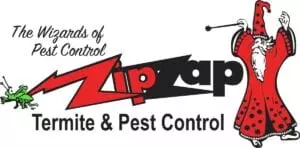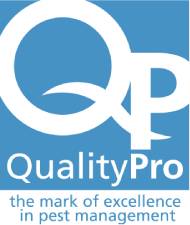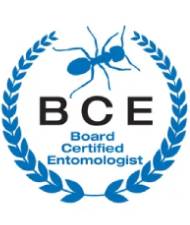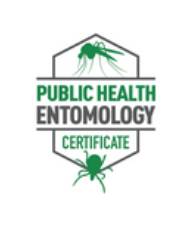How to avoid Pest in Your Home Plants
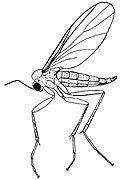
Tiny Invaders: Protecting Your Indoor House Plants from Pesky Pests
Bringing the beauty of nature indoors with houseplants is a joy, but it can sometimes come with unwelcome pests in your home plants. These tiny invaders can quickly wreak havoc on your beloved greenery, leaving you frustrated and wondering what to do. Understanding these pests, their habits, and how to prevent them is crucial for maintaining a healthy and thriving indoor garden.
Meet the Usual Pest in Your Home Plants:
Let’s delve into the world of common houseplant pests, exploring their history, biology, and habits.
- Aphids:
- History: Aphids are ancient insects, with fossil records dating back millions of years. They’re found worldwide and have co-evolved with plants.
- Biology & Habits: These small, soft-bodied insects come in various colors (green, black, white, etc.) and feed on plant sap. They reproduce rapidly, often asexually, leading to quick infestations. They excrete a sticky substance called honeydew, which can attract sooty mold.
- Why They’re Here: They can hitchhike on new plants, enter through open windows, or be carried in on clothing.
- Spider Mites:
- History: These tiny arachnids are related to spiders and have a long agricultural and horticultural pest status history.
- Biology & Habits: They’re extremely small, making them difficult to spot. They spin fine webs and feed on plant cells, causing stippling (tiny, pale spots) on leaves. They thrive in dry, warm conditions.
- Why They’re Here: Dry air, new plants, and drafts can introduce them.
- Mealybugs:
- History: Mealybugs are believed to have originated in tropical regions and have spread globally through trade.
- Biology & Habits: These small, white, cottony insects feed on plant sap and leave behind a waxy residue. They tend to congregate in leaf crevices and along stems.
- Why They’re Here: They are here because of new plants and can come in through open windows.
More Pest in Your Home Plants:
- Fungus Gnats:
- History: Fungus gnats are found worldwide and are associated with damp environments.
- Biology & Habits: The adult gnats are small, dark flies that are more of a nuisance than a direct threat to plants. However, their larvae feed on fungi and decaying organic matter in the soil, and large numbers can damage plant roots. They thrive in overly moist soil.
- Why They’re Here: Overwatering and damp potting mix are their primary attractants.
- Scale Insects:
- History: Scale insects have a long history of being agricultural pests, with some species being used for dye production.
- Biology & Habits: These insects have a hard, protective shell and feed on plant sap. They can be difficult to remove once established.
- Why They’re Here: Infested plants, and sometimes they can be carried in by the wind.
Why Are They Invading My Houseplants?
Several factors contribute to pest infestations:
- New Plants: Newly acquired plants are the most common source of pests. Always inspect new plants thoroughly before bringing them home.
- Overwatering: Excess moisture creates ideal conditions for fungus gnats and can weaken plants, making them more susceptible to other pests.
- Dry Air: Spider mites thrive in dry environments.
- Lack of Air Circulation: Stagnant air can contribute to pest problems.
- Weakened Plants: Stressed plants are more vulnerable to pests.
Tips for Prevention and Control:
Prevention is key to maintaining a pest-free indoor garden. Here are some essential tips. And if you’re in need of pest control in Kansas City, give us a call:
- Inspect New Plants: Carefully examine new plants for signs of pests before bringing them home.
- Use Quality Potting Mix: Choose a well-draining potting mix to prevent overwatering.
- Water Correctly: Allow the soil to dry slightly between waterings.
- Increase Humidity: Use a humidifier or place plants on a pebble tray with water to increase humidity, especially during dry months.
- Improve Air Circulation: Ensure adequate airflow around your plants.
- Regularly Inspect Plants: Check your plants regularly for signs of pests.
- Isolate Infested Plants: If you find pests, immediately isolate the affected plant to prevent them from spreading.
- Natural Pest Control: Consider using natural pest control methods, such as neem oil, insecticidal, and soap.
- Cleanliness: Keep your plant area clean and free of debris.
By understanding the biology and habits of common houseplant pests and implementing preventative measures, you can create a thriving and pest-free indoor garden. Remember, early detection and prompt action are crucial for controlling infestations, helping with pests in your home plants. Happy gardening!

Jeffery Preece, BCE,PHE
Jeffery Preece is the owner and technical director of ZipZap Termite & Pest Control
